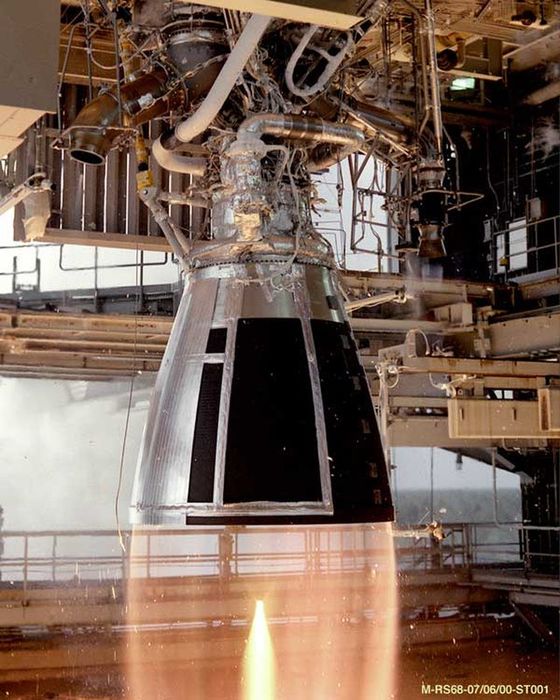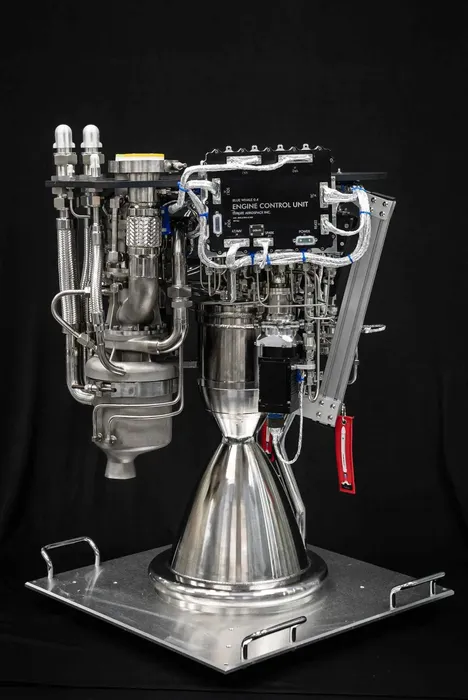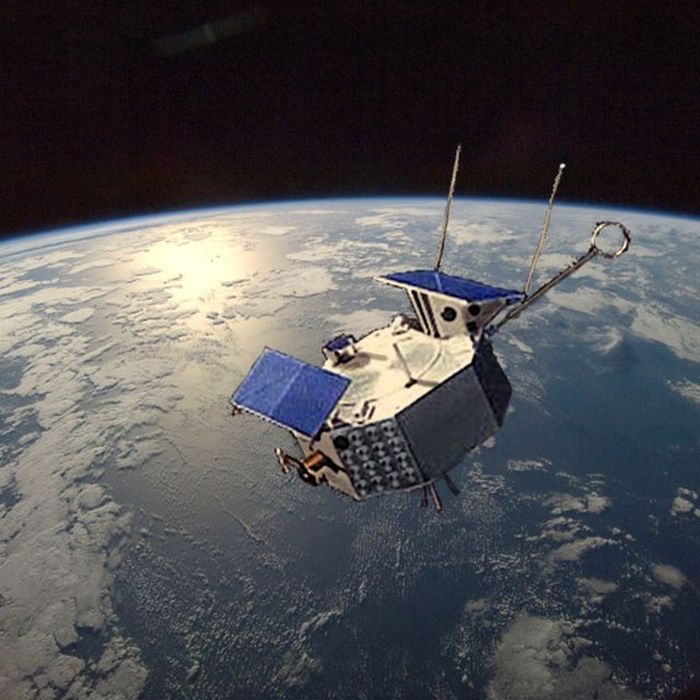
Charles R. Goulding and Preeti Sulibhavi explore how Ursa Major’s innovative use of 3D printing is reshaping the defense industry, with implications for rocket motor production and beyond.
The U.S. defense programs are now entirely dependent on Northrop Grumman and L3Harris Technologies, which acquired Aerojet Rocketdyne last year, for solid rocket motors. Unlike their liquid-fueled counterparts, these rocket engines use a solid propellant — a stick of fuel and oxidizer pre-mixed and molded into a specific shape.
There are some new entrants into the story. X-Bow Systems, based in Albuquerque, New Mexico, over the past year, has secured nearly US$100 million in contracts, including multiple agreements worth over US$35 million from the Air Force Research Laboratory and a separate US$64 million contract to supply large solid rocket motors to the Navy and Army.
Lockheed Martin Ventures is among X-Bow’s private investors.
Rocket motors are used to power a wide range of military applications, from tactical missiles to the nation’s nuclear-armed intercontinental ballistic missiles. The ongoing conflicts Ukraine and the Middle East have further strained existing production capacity for tactical solid rocket motors.
In a significant development for military technology, Ursa Major, a leading propulsion company based in Denver, has secured a contract from the U.S. Navy to prototype and test a solid rocket motor for the Navy’s Standard Missile program. This contract, part of the Naval Energetics Systems and Technologies program, underscores a growing trend in defense technology: the integration of 3D printing, into the production of advanced aerospace components.
The Ursa Major Contract and Its Implications
Ursa Major’s contract involves the redesign and production of the Navy’s Mk 104 rocket motor. This solid rocket motor is integral to the Navy’s Standard Missiles, which are crucial for surface-to-air defense, ballistic missile defense, and anti-air capabilities. The Mk 104 rocket motor, particularly in its SM-6 variant, is designed to intercept hypersonic weapons that travel at or above Mach 5 speeds, making its performance and reliability critical.
Historically, manufacturing these high-performance motors has been complex and challenging, largely due to the limitations of traditional manufacturing techniques. Ursa Major’s approach, known as the Lynx production process, leverages advanced 3D printing technologies to streamline production and enhance the manufacturability and reliability of the rocket motors.
The Power of 3D Printing in Aerospace
The use of 3D printing in aerospace and defense is transforming the industry by offering several key benefits: faster production times, reduced costs, and the ability to create complex geometries that were previously impossible. Here are four notable examples of how 3D printing is being used effectively in various aerospace applications:

1. Rocket Engine Components
One of the most prominent uses of 3D printing in the aerospace sector is the production of rocket engine components. For instance, companies like SpaceX have successfully used 3D printing to manufacture parts for their Merlin and Raptor engines. By using additive manufacturing, SpaceX has been able to produce intricate components like the rocket engine’s combustion chamber and nozzle, which are both critical for performance. This approach not only reduces the weight of the components but also significantly cuts down production time and costs.
2. Satellite Parts
Another key application of 3D printing in aerospace is the production of satellite parts. NASA has been at the forefront of using additive manufacturing for this purpose. For example, NASA’s Jet Propulsion Laboratory has developed 3D printed components for the Mars Rover and other space missions. By utilizing 3D printing, NASA can rapidly prototype and produce parts with complex geometries that would be difficult or impossible to manufacture using traditional methods. This flexibility is crucial for space missions, where each component must meet stringent performance and reliability standards.
3. Aircraft Parts
In the commercial aviation sector, 3D printing is being used to produce parts for aircraft. General Electric (GE) is a leading example, with its GE Additive division focusing on 3D printing metal parts for jet engines. One notable example is the LEAP engine, which incorporates 3D-printed fuel nozzles. These nozzles are lighter and more efficient than their traditionally manufactured counterparts, contributing to improved fuel efficiency and lower emissions. The use of additive manufacturing also allows for the rapid production of custom parts and the ability to quickly adapt designs as needed.
4. Spacecraft Structures
The production of spacecraft structures has also benefited from 3D printing technologies. For instance, the European Space Agency (ESA) has employed 3D printing to create structural components for spacecraft. One such example is the development of a 3D-printed titanium part for the European Service Module of NASA’s Orion spacecraft. This approach allows for the creation of lightweight, strong components that can withstand the harsh conditions of space. The ability to print these components on-demand also reduces the need for extensive inventory and storage, further streamlining the manufacturing process.
The Future of 3D Printing in Aerospace and Defense
Ursa Major’s use of 3D printing for solid rocket motors represents a significant advancement in the aerospace and defense industries. By integrating additive manufacturing into its production process, Ursa Major aims to address some of the traditional challenges associated with manufacturing solid rocket motors, including high costs and limited production capabilities. The Lynx production process is expected to enhance the efficiency, reliability, and flexibility of rocket motor manufacturing, aligning with the Navy’s needs for advanced missile systems.
Another potential player in the sector is defense contractor Anduril Industries. In response to DoD’s growing demand, Anduril last year acquired Adranos, a small manufacturer of solid rocket motors founded in 2015. The company said it plans to invest in Adranos’s solid rocket manufacturing facility in Mississippi to increase production rates.
The broader trend towards additive manufacturing in aerospace and defense is likely to continue as technology advances and the benefits become even more pronounced. The ability to rapidly prototype and produce complex components, coupled with cost reductions and enhanced performance, positions 3D printing as a transformative force in the industry.

The Research & Development Tax Credit
The now permanent Research and Development (R&D) Tax Credit is available for companies developing new or improved products, processes and/or software.
3D printing can help boost a company’s R&D Tax Credits. Wages for technical employees creating, testing and revising 3D printed prototypes can be included as a percentage of eligible time spent for the R&D Tax Credit. Similarly, when used as a method of improving a process, time spent integrating 3D printing hardware and software counts as an eligible activity. Lastly, when used for modeling and preproduction, the costs of filaments consumed during the development process may also be recovered.
Whether it is used for creating and testing prototypes or for final production, 3D printing is a great indicator that R&D Credit-eligible activities are taking place. Companies implementing this technology at any point should consider taking advantage of R&D Tax Credits.
Conclusion
As companies like Ursa Major, SpaceX, NASA, GE, and ESA continue to explore and expand the possibilities of 3D printing, the aerospace sector will undoubtedly see further innovations and improvements. The integration of additive manufacturing not only represents a leap forward in technology but also redefines the boundaries of what is possible in the design and production of aerospace components.
